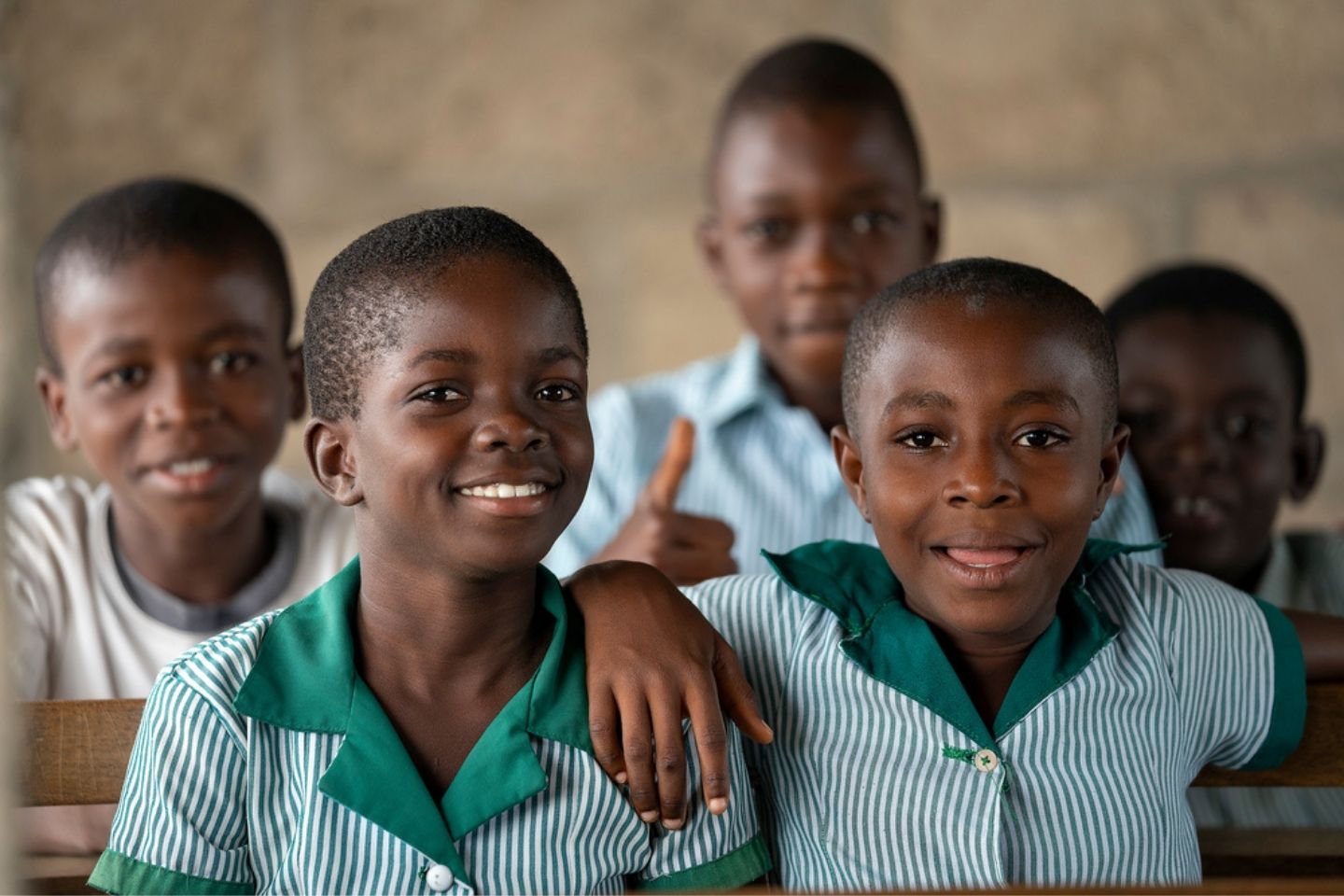
Enabling countries to report on SDG 4
Research 25 Feb 2025 6 minute readACER supports countries to align their large-scale assessments with global reporting criteria to measure progress towards SDG 4.
Measuring learning outcomes is key to monitoring countries’ progress towards achieving United Nations Sustainable Development Goal (SDG): quality education for all. In a recent data release by the United Nations Institute for Statistics (UIS), 37 countries reported learning outcomes at the Grade 2 or 3 level, compared to 101 countries reporting learning outcomes at the end of primary – at least once in a 6-year period. With just 5 years remaining to meet the SDGs, the need for comprehensive, high-quality data on student proficiency levels is more urgent than ever, especially for the lower primary grades.
Large-scale learning assessments are essential tools for gathering evidence on education quality and equity, allowing countries to track their progress towards SDG indicator 4.1.1: the proportion of boys and girls achieving minimum proficiency levels (MPLs) in reading and mathematics at the end of 3 key educational stages – lower primary, primary and lower secondary. Reporting progress on this indicator provides essential insights into how education systems are performing, including their strengths and challenges.
In partnership with the UIS, ACER is working to provide simple and cost-effective solutions for countries to participate in the global education monitoring process and to report progress towards SDG 4.
In 2024, ACER UK through a grant from the Foreign, Commonwealth Development Office (FCDO), began supporting countries to align their national assessments with the UIS eligibility criteria for reporting on SDG indicator 4.1.1. As part of this support, ACER UK is developing local assessment capacity, driving the creation of robust assessments that deliver high-quality data for monitoring educational outcomes at the national and global level.
In collaboration with ACER, the Global Alliance to Monitor Learning, and the Education Data and Statistics Commission, the UIS defined 7 eligibility criteria for reporting on SDG 4.1.1:
- Alignment to the MPL and construct validity
- Item content and quality
- Population coverage and sampling
- Assessment administration and data custodianship
- Reliability
- Benchmark-based linking to the MPL
- Maintaining standards over time
A critical element for aligning assessments to the UIS eligibility criteria is understanding the MPLs in reading and mathematics. To support this, the Global Education Monitoring (GEM) Centre, in collaboration with the UIS, has defined clear MPL benchmarks and developed a blueprint for assessment for the 3 educational stages under SDG 4.1.1. In particular, the SDG 4.1.1 MPL definition and blueprint for assessment supports the application of the first of the 7 UIS eligibility criteria. The definition and blueprint will be shared with key stakeholders at the 11th meeting of the Global Alliance to Monitor Learning in Paris from 25-26 February 2025, to ensure a shared understanding of the criteria needed for meaningful global reporting.
ACER UK is supporting the governments of Ghana and Rwanda to use their national assessments to report progress towards SDG 4.1.1. In both countries, ACER UK is using the Pairwise Comparison Method, a UIS-approved approach to set global benchmarks on national assessments, using expert judgment and statistical analysis.
Using national assessments for SDG 4 reporting provides more control to governments, ensuring the local use of the data, while also meeting global reporting commitments. With the help of the new Pairwise Comparison Method Toolkit developed by the GEM Centre, national governments, assessment agencies and partners can support countries to conduct an alignment to the MPL benchmarks. ACER UK is developing a template – to be released later this year – to support countries to assess whether they meet the criteria required for implementing the Pairwise Comparison Method.
Advancements in reporting methods, such as the Pairwise Comparison Method, empower countries with the tools and knowledge needed to enhance education monitoring. As the 2030 deadline approaches, it is imperative to continue to support and expand these efforts to ensure quality education for every child. The journey towards achieving SDG 4 is a collective endeavour, and with continued collaboration, significant strides can be made to realise this vital goal.